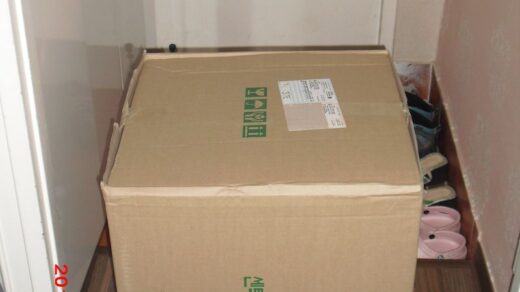A goal of any translation project should be “perfection”. But squeezing that last 2% out of a delivery can be a big chore, to say the least. I asked my brother-in-law in the newspaper business what they do to ensure perfection there and here’s what he replied:
Hey Steven,
Here’s how it happens on the newspaper end. First off the story goes from the writer to their immediate editor who is looking for factual errors. Once it clears that desk it goes to the copydesk where a copy editor edits it for grammar, spelling, inconsistencies and anything else that the city desk editor missed. This is the most thorough edit the story will receive. Once it is printed on the page the story and its supporting parts (headlines, cutlines, photos, pull quotes, etc…) are page proofed to make sure everything works together as a package and makes sense. Then before it goes out the door there is something called a press check which is usually done by a copy editor who physically stands at the end of the press machine and takes a random sampling of newspapers coming off the press to check for any glaring errors. Probably more information than you were looking for. Hope it helps.
Take care,
Joe
In translation, we’re going one step back, starting from a different language. But when was the last time a client was ready with a budget to cover even half of what a newspaper does? I always apologize for mistakes, but in the back of my mind, I also keep this little comparison between the translation and newspaper businesses in mind.
2014-04-07 – Special thanks to Katharine O’Moore-Klopf of KOK Edit [EXPIRED LINK REMOVED: https://www.kokedit.com/] for the following recent article on typos. – Zero tolerance? Yeah, that’ll work [EXPIRED LINK REMOVED: https://www.baltimoresun.com/news/language-blog/bal-zero-tolerance-yeah-thatll-work-20140407,0,559887.story]
.


